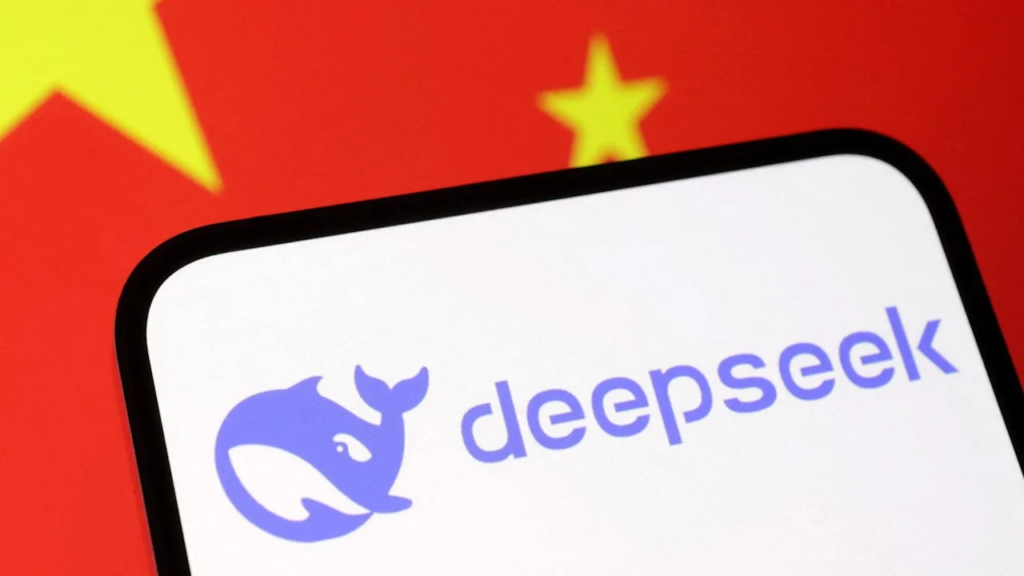by Doug Finke
A few weeks ago, the Chinese organization known as DeepSeek surprised the AI community by releasing its first free chatbot app, based on the DeepSeek-R1 model with capabilities that are in the same ballpark as those of ChatGPT and other chatbots with a training cost that was a fraction of the cost it has taken to train other AI models at a claimed $5.8 million. The team used fewer and less advanced NVIDIA chips than the other models but compensated for this by using innovative techniques such as using 8 bit instead of 32 bit tokens, a mixture-of-experts architecture, reinforcement learning techniques, and other things.
Up until this time, conventional wisdom has been that the best way to improve performance in an AI model is to keep on building bigger and bigger. In fact, the same week that DeepSeek was released, a new partnership formed between OpenAI, Oracle, and SoftBank announced the Stargate project that could ultimately cost $500 billion to create the world’s largest infrastructure for the next generation of AI. DeepSeek has been able to achieve its results so far through careful co-design of the hardware, software, algorithms, and architecture.
So what’s the lesson for the quantum community? It’s to realize that one should never underestimate the innovativeness of the scientists and engineers working on quantum today and that one should be wary of what is regarded as conventional wisdom. Sometimes innovations can come out of left field, just like DeepSeek has done, and achieve results that people weren’t expecting. These unexpected results could be to achieve something that no one thought possible or to achieve the result at a much earlier time than expected or to achieve it at much lower cost than expected.
This brings us to the topic of quantum advantage and when do we expect to see signs of it. Many people believe that this will not occur until a large, full error corrected quantum computer is available which might not happen until 2030 or later. But, just this week, two notable comments surfaced in the media. The first was from Bill Gate who commented on a podcast that there is the possibility this could happen in the next three to five years. And the second, was from Google’s Hartmut Neven who told Reuters that Google expects to have commercial quantum computing applications within five years.
One of the reasons GQI is optimistic about seeing quantum applications is the plethora of different technologies, approaches, advancements, and innovations we see report on every week. Just in the past week alone, we saw an announcement from Oxford University on research into distributed quantum computing, another one from Quandela about a new fault tolerance approach that can reduce component count by 100,000 times, and a completely new type of quantum algorithm from Google that incorporate both analog and digital quantum processing in the same algorithm. GQI also tracks the different qubit modalities that researchers are working on and we see more than 8 different fundamental approaches that people are using to create qubits. We see strength in this diversity and if some of the approaches don’t work out, there will be others that may progress better than expected.
So our advice is not to be complacent and keep close tabs on all the developments in quantum, which now seem to be occurring on a fast and furious basis. Don’t let anything catch you by surprise. For us, a key part of GQI’s mission is to make sure that doesn’t happen to our clients.
February 8, 2025
